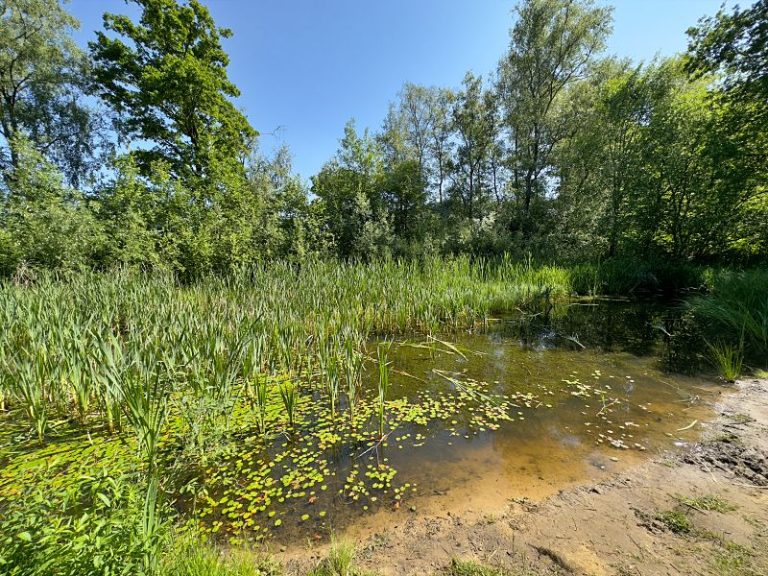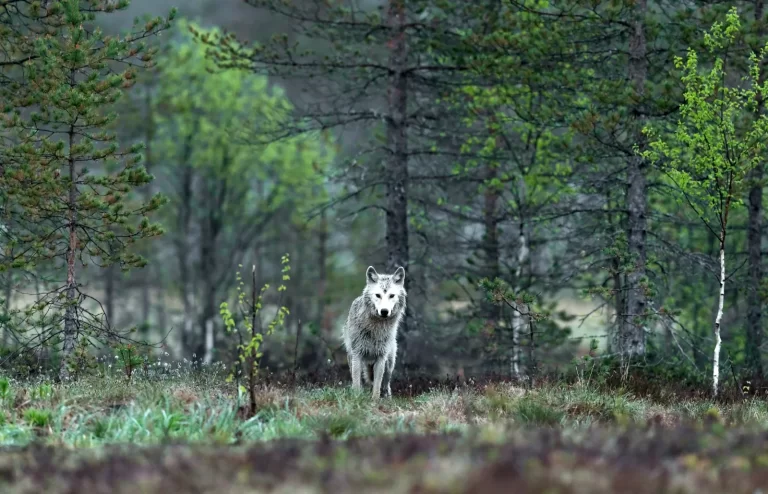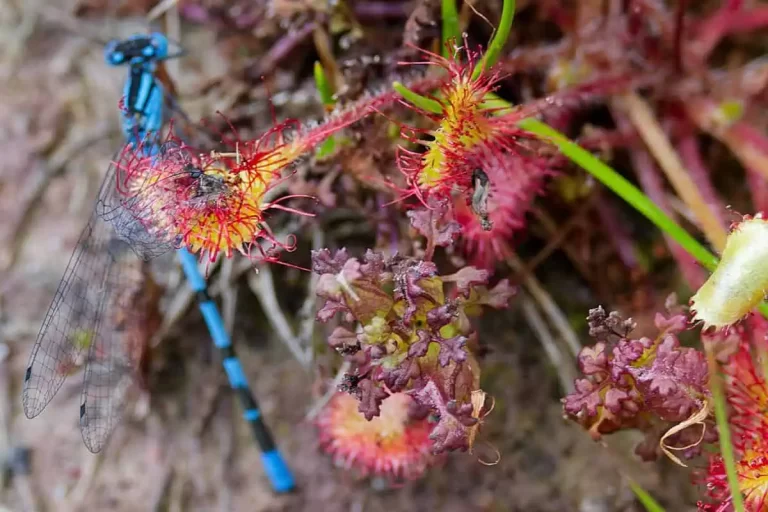Global Charter for Rewilding the Earth: a joined strategy for the UN Decade on Ecosystem Restoration
The Global Charter for Rewilding the Earth, an outcome of the 11th World Wilderness Congress process was officially launched on April 16 2020.
At this time 96 organisations from across the world have endorsed the Charter – Africa 11, Asia 17, Australia 5, Europe 23, Latin America 16, North America 11 and Global 13 – representing a network of +3500 partners covering local communities, landowners, Indigenous Peoples, communities, land trusts, multinational development banks, private banks, NGOs, philanthropists, agencies, corporations, international organizations, and research institutions. The endorsing group also covers some of the world’s largest ecosystem conservation and restoration initiatives.
On April 30, the Charter and supporting documents were submitted as part of the draft implementation strategies of the UN Decade on Ecosystem Restoration, “The Decade” https://www.decadeonrestoration.org. This was done “on behalf of the informal Global Alliance of Rewilding Expert Practitioners, unified through the Global Charter for Rewilding the Earth” This Global Alliance us collectively and individually to be involved in the first global initiative on ecological restoration running for ten years until 2030.
This Global Charter for Rewilding the Earth was developed by experts within the global conservation community preparing for the 11th World Wilderness Congress. WILD11 was scheduled to convene in Jaipur, India, 19–26 March 2020, but was indefinitely postponed due to the coronavirus pandemic. The Charter was subsequently approved by the WILD11 Resolutions Committee on behalf of the delegates.
Vision of the Global Charter for Rewilding the Earth
“We believe that the world can be more beautiful, more diverse, more equitable, more wild. We believe that nature’s innate resilience, bolstered by human care, can initiate an era of planetary healing. In that future time when the world is whole and healthy, undammed rivers will run to the sea, their estuaries teeming with life. Following ancient patterns, whales and warblers will migrate unmolested through sea and sky. From tiny phytoplankton to tallest redwoods, all Earth’s creatures will be free to pursue lives of quality, and humanity will thrive amidst nature’s abundance.”
Objective of the Charter
We must keep wild that which is still wild and accelerate rewilding efforts in areas that have been diminished. By creating an interconnected system of wild habitats capable of supporting life’s full variety and richness—implemented through voluntary, participatory actions of individuals, nongovernmental organizations, businesses, and governments—degraded lands and waters will be restored. Such a system would support human welfare by contributing to climate stability, clean air and water, pollination services, beauty, physical and mental health, moral satisfaction, and other life-supporting services that undergird flourishing human communities.
In a spirit of hopefulness for the future of life, the Global Charter for Rewilding the Earth calls on individuals, communities, nongovernmental organizations, corporations, governments, and other institutions to advance efforts to protect remaining large wild areas and to support rewilding projects around the world. A global rewilding movement—embraced by the broadest spectrum of constituencies and encouraged by governmental policy—can ultimately weave wondrous blue and green ribbons of wildness that wrap the Earth in beauty, offering the promise of a better future, with freedom and habitat for all.
Source: Global Charter for Rewilding the Earth









